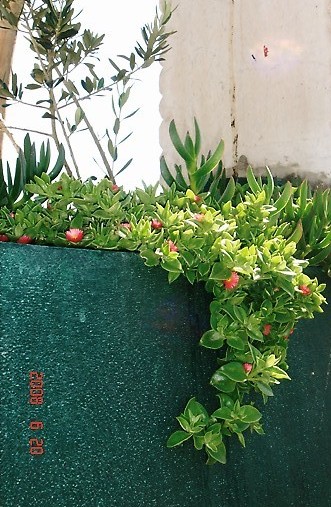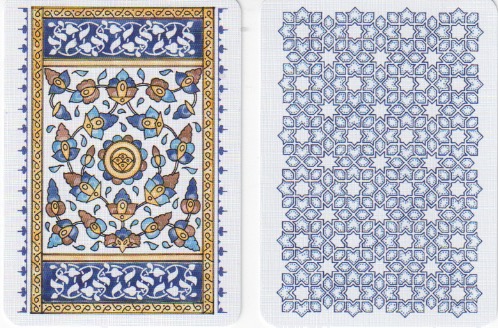﷽
Story
From the tabaqat:
His maternal grandmother took care of his upbringing. She was one of Allah’s Friends and a woman of righteousness and purity. When he reached four years of age, she had had him memorize the Qur’an. She thus brought him up through precept and the inculcation of perfection, until he grew up fond of worship and consistently recitating litanies.
At this point, he commenced seeking knowledge of the outward sciences, the pursuit of which occupied him until people pointed to him as an authority. He came to then teach these sciences, engage in circles of learning to admonish people, and deliver lessons. As a result, he became famous and scholars were drawn to him, basking in his pesence, and taking from his sciences and gnoses. After all this, Sufism became endeared to him, and he joined the path of the Sufis at the hand of the guide in spiritual wayfaring,
—
From unknown source:
On a beautiful Fajr morning on the 22nd of Muharram in the year 846 A.H (June 7th 1442 CE), in the village of Tiliwaan, was born a man the ‘Aarifeen would forever praise and look to for spiritual growth. His name was Ahmad ibn Ahmad ibn Muhammad ibn ‘Isaa Al Barnoosi Al-Faasi, known as Az-Zarruq. His parents died while he was one week of age due to a horrible outbreak known as ‘Azzunah. His maternal grandmother Umm Al-Baneen, a woman he would always express absolute love and gratitude for, raised him. Umm Al-Baneen had memorized the Qur’aan and studied Islaam. She was a Zaahida and raised her beloved grandson as one as well. Imaam Az-Zarruq describes his grandmother as such,
“She instructed me how to make Salaah and ordered me to do so at the age of five. At the same age she sent me to the kuttaab (Qur’anic School) and started teaching me about tawheed, tawakkul, eemaan, and deen in a curious method. One day she prepared food for me. When I came back from the Kuttaab for luch she said, ‘I have got nothing for you to eat. However, provision is in the treasure of the Almighty! Sit down and let us ask from Him!’ We stretched out our hands to the heavens and began praying to Allah . Then she said: ‘Go and look, aybe Allah has put something in the corner of the house.’ We began to search and how glad I was when I found the food! She said: ‘Come and let us thank Allah before we eat, so that our Lord may give us more from his Mercy!’ We thanked Allah and praised Him for an hour then we commenced eating. She used to do many times till I grew up.”
“Encouraging me to make Salah, she used to put a dirham on my pillow so that I might see it when I opened my eyes in the morning. She would say, ‘Make fajr then take the dirham.’ Her idea was that the dirham would gelp me to pray and keep me away from corruption and prevent me from looking at what is in other people’s hands when I desire to buy something.”
He continues to write, “After I had learned some chapters of the Qur’aan she began teaching me how to write and read. She would warn me against poetry saying, ‘He who neglects science and deals with poetry is like he who exchanges wheat for barley.’
His family were diligent in their remembrance of Allah as well as studies. When he was a child he sat in the market listening to some story-tellers when his uncle told him, ‘No one sits here save the idle!’ Shaykh Ahmad stated that he never listened to the story-tellers again. His grandmother sent him to be an apprentice of a cobbler. Later, however, at the age of sixteen Imaam Zarruq went to the epicenters of Islamic sciences in the west, the Qarawiyyeen University and the ‘Inaaniyyah college. There he studied Maaliki Fiqh, Hadith, Usool, and Arabic grammar. He had over 35 well known established scholars he sat under in these institutes. Some of them include Imaam Abdur-Rahmaan Ath-Tha’labi (died in 873 AH), Muhammad ibn Husain (As-Siraaj As-Saghir died 887 AH), Muhammad ibn ‘Ali Al-Bisti Al-Qalsaadi, and Abdur-Rahmaan Al-Qawri.
—
From Tabaqat
When Egyptian scholars and pious men heard about his arrival, they paid visits to him in delegations, kept his company and attended his lessons. He took up a lecturing post at the noble institute of al-Azhar, his classes there being attended by approximately six thousand people from Cairo and the surrounding areas of Egypt.
He performed the functions of imam of the Malikiyya, becoming the main teacher of the portico allocated to their school in al-Azhar. They set up a tall chair for him, resting on firm pillars and with a strikingly original and well-constructed shape. He would seat on it, deliver his lectures and enrich the attendees by his knowledge. Both free men and slaves benefited from his presence. This chair still exists until the present time by the portico of the Moroccan masters in the noble institute of al-Azhar.
He exercised tremendous influence and authority over the Emirs of Egypt, while all Egyptians, the elite and commonality alike, accepted him.
Bottom lines
1. Importance of (grand)mothers in the early formation of a child
2. Importance of learning Quran and practicing Awrad from young age
Illustration
– Child reading with Quran / Suhba
– Sh. on the minbar in Al-Azhar in front of a huge crowd

